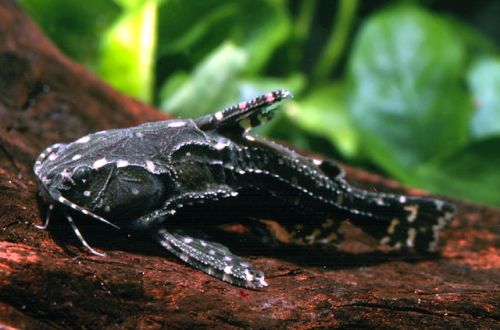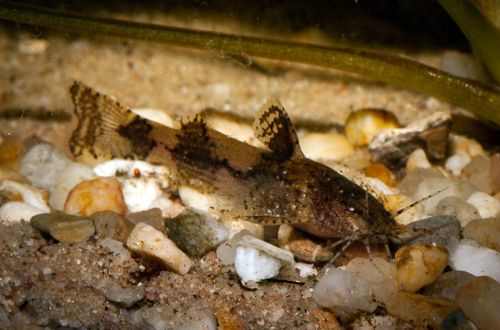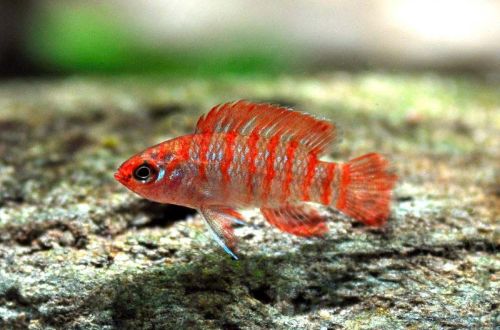
Raphael spotted catfish
Raphael’s spotted catfish, Agamyx stellate or Agamyks white-spotted, scientific name Agamyxis pectinifrons, belongs to the Doradidae family. Another common name for the fish is Talking Catfish, due to its ability to make creaking sounds when taken out of the water. Peaceful beautiful fish will not only decorate the aquarium, but will also bring considerable benefits, cleaning the internal design elements from plaque.

Description
The catfish has an expressive appearance – the body is protected by several bone plates, many sharp spikes are designed to protect against predators, spikes are even located on the fins of the fish. The color is black with white dots, in most cases the white dot is the tip of the spike. The prick from the thorn is not poisonous, but very painful. The presence of such armor does not allow transporting catfish in packages; plastic or glass containers should be used for these purposes.
Catfish leads a sedentary lifestyle, mostly nocturnal, spends most of the time in the substrate at the bottom of the river, hiding in thickets of plants or among snags, in grottoes. In case of danger, it can dig into the sandy soil.
Food
The spotted Raphael catfish is a carnivorous species, so a high protein diet must be provided. Bloodworms, earthworms, tubifex are suitable as food, they can also eat frozen meat products. Dry industrial feed (flakes, pellets) should only be used as a supplement. The catfish poses a threat to aquarium invertebrates and will happily eat snails. Feed daily before turning off the light.
Maintenance and care
The fish is not demanding on water parameters, withstands significant changes in hardness, does not tolerate the content of ammonia in water, which is formed from the decomposition of organic matter. It is recommended to change part of the water weekly (10% of the volume) and clean the soil with a siphon. The use of a large number of shelters and thickets of plants in the design will create favorable living conditions. The soil must be made of coarse sand or small smooth pebbles to avoid injury and clogging of the gills of the fish when it hides, burrowing into the substrate.
Social behavior
Star Agamix is a rare species of carnivore that can be kept with most fish of a similar or slightly smaller size. It prefers to be in a group of its relatives, thanks to its protection, joint keeping with aggressive fish, such as some cichlids, is possible.





